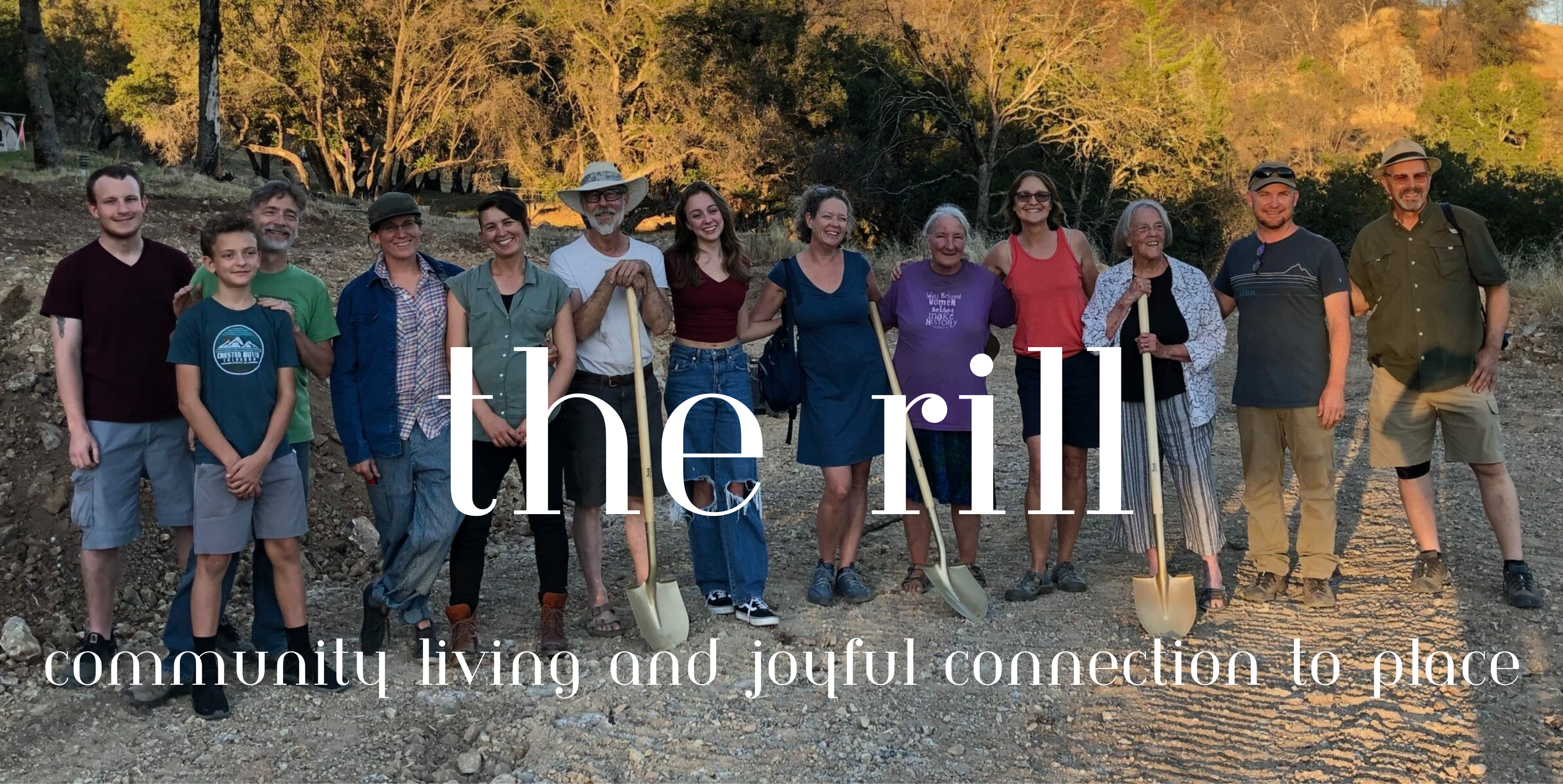Two years after the fire – we are rebuilding! Our blog has been pretty quiet these past months, but that does not mean we have not been busy. We have been deep in the process of finalizing our permit submittals…
Build a Greenhouse With Us!
Build a Greenhouse With Us! Tuesday 2/1 and Saturday 2/5 At long last, 15 months after the Glass Fire, we are ready to rebuild our first building at Monan’s Rill — a greenhouse — and you’re invited to help. We’ve got all the…
One Step Closer to Rebuilding…
One Step Closer to Rebuilding… Debris removal is complete! At the end of July, more than ten months after the Glass Fire and three rounds of excavator scraping later, our wildfire debris and ash removal was finally completed! Crews came to…
It’s Hot Out! Time to Jump in the Pond!
It’s Hot Out! Time to Jump in the Pond! A few years ago, a little water fern called Azolla filiculoides showed up on the surface of the upper pond at Monan’s Rill. At first just a small patch of green, it quickly…
Community Workdays are Vibrant and Important, Still
Community Workdays are Vibrant and Important, Still Through the wildfire last fall, many of the nutrients in vegetation, trees, and dead leaves and branches were released into the soil, leading to unprecedented growth of plants like wild radish, thistles, malva,…
Goodbye to the Structures of Our Lives
Goodbye to the Structures of Our Lives Just two weeks ago, seven months after the Glass Fire, excavators finally arrived at the Rill to clear away our burn debris – the remains of our homes, barn, community toy shed, wood…
Savoring Spring In So Many Ways
Spring at the Rill has been lively! We’ve been able to watch the lush recovery of our land in real time. Birdlife, fungi, lizards and snakes, jackrabbits, new fawns, oak shoots, stump-sprouting toyon and madrone, honeybees (finally), and the flowers.…
The Promise of Oak Restoration
The Promise of Oak Restoration One of the hardest things about this fire has been its impact on the trees. Yes, those of us who lost homes are grieving our homes, in our different ways. But we all share in…
Community Renewal
Community Renewal It is hard to capture the tumult and sadness and hope and laughter of the past few months at Monan’s Rill. Though we have had to stop holding community workdays, we are still gathering every Saturday to do…
Community Works
Community Works (and workdays postponed) UPDATE 12/3: Community still works! AND in the interest of public health and all of our safety, we have decided to honor the spirit of Governor Newsom’s stay-at-home order and cancel volunteer workdays for at…
